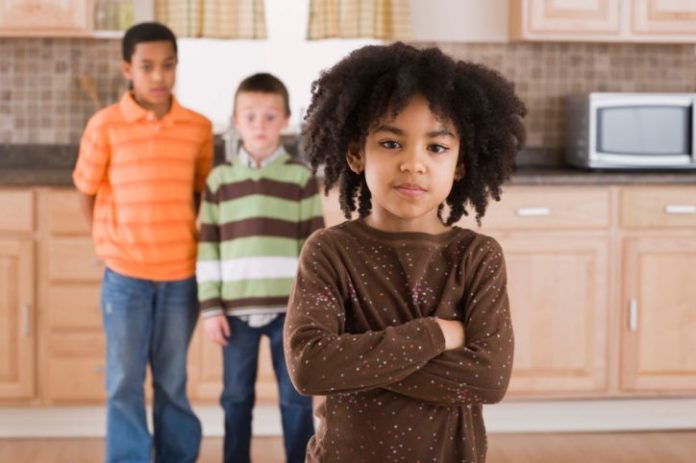Children as young as 3 apparently can tell the difference between whining and when someone has good reason to be upset, and they will respond with sympathy usually only when it is truly deserved, according to new research published by the American Psychological Association.
“The study provides the first evidence that 3-year-olds can evaluate just how reasonable another person’s distressed reaction is to a particular incident or situation, and this influences whether they are concerned enough to try to do something to help,” said the study’s lead author, Robert Hepach, MRes, of the Max Planck Institute for Evolutionary Anthropology. The study was published online in the APA journal Developmental Psychology.
The experiment involved 48 children, split evenly between girls and boys, from 36 to 39 months old. Researchers recorded reactions of each child as he or she witnessed an adult acting upset in one of three contexts: when the distress was justified, when it was unjustified and when the cause of the distress was unknown, the study said.
For the experiment, two adults met with each child and engaged in various situations in which one of the adults would display distress by frowning, whimpering or pouting. Their distress was in response to specific incidents of apparent physical harm, material loss or unfairness. In each case, the child witnessed the adult either experiencing something that should cause distress or reacting to something that occurred in a similar context but was much less serious. Children who witnessed the adult being upset due to a real harm or injustice showed concern for him, intervened on his behalf and checked on him when he later expressed distress out of their view.
The situations the children witnessed included one adult dropping a toy box lid surreptitiously on another adult’s hand or one adult getting a shirt sleeve snagged on the toy box lid; one adult finding three extra marbles and not sharing them with another adult or sharing six marbles equally; and one adult demonstrating the use of scissors to another adult or destroying the other adult’s drawing by cutting it in half. When a child witnessed an adult in a justifiably distressing incident, the child’s face showed concern, whereas the child’s expression indicated she was “checking” when the incident did not warrant distress or the adult was out of sight but could be heard, the study said.
In subsequent tests, one adult was given one helium balloon and the child was given two. When the adult “accidentally” let go of his helium balloon and became distressed, the child would offer a balloon more quickly to the adult if the child had previously seen him upset due to true harm rather than an inconvenience, according to the study.
“These very young children really considered what was happening in a given situation rather than automatically responding with sympathy to another person apparently in distress,” said Hepach.
“In most instances, they identified unfounded distress and they responded in a manner appropriate for the specific situation.”











